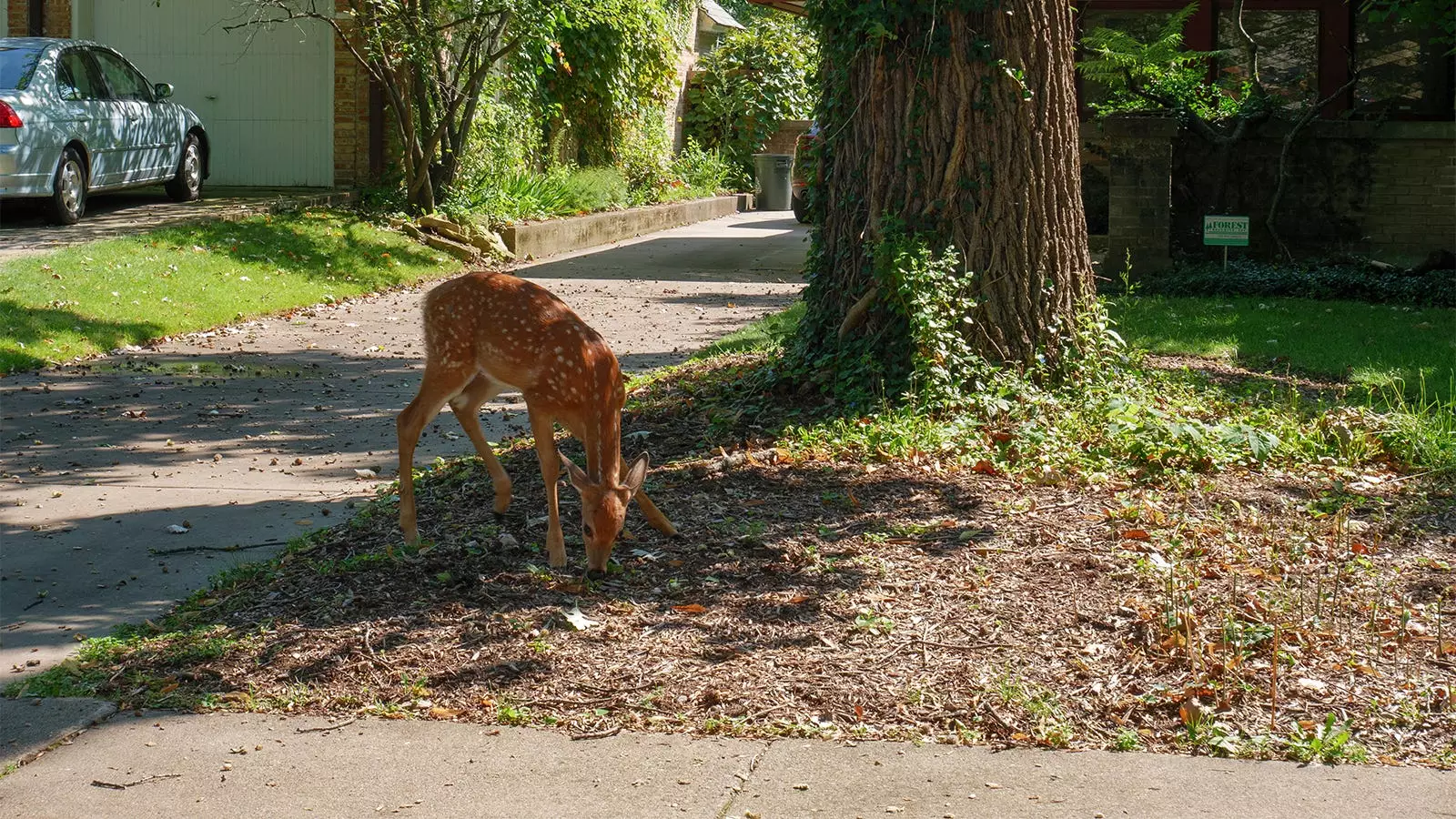Chronic wasting disease (CWD) is a prion disease that affects cervids, such as white-tailed deer, mule deer, and elk. There has been speculation about the zoonotic potential of CWD and its ability to infect humans. Recent research conducted by the National Institute of Allergy and Infectious Diseases (NIAID) and Rocky Mountain Laboratories sheds light on the species barrier that prevents the transmission of CWD to humans.
Research Findings
The study involved exposing healthy human cerebral organoids to high concentrations of CWD inocula from various cervid sources for an extended period. Despite the prolonged exposure, the human cerebral organoids remained uninfected with CWD for up to 6 months. This suggests a significant species barrier that prevents the transmission of CWD from cervids to humans.
In contrast to CWD, other prion diseases such as bovine spongiform encephalopathy have been known to transmit to humans, leading to conditions like variant Creutzfeldt-Jakob disease (CJD). However, the study found no evidence of CWD propagation or deposition of human prions in the CWD-exposed human cerebral organoids. This indicates a clear distinction in the zoonotic potential of CWD compared to other prion diseases.
While the study provides valuable insights into the species barrier that prevents the transmission of CWD to humans, further research is needed to fully understand the potential risks associated with CWD exposure. The researchers acknowledge that while the possibility of CWD crossing into humans cannot be ruled out entirely, the data suggest a significant species barrier exists.
The study highlights the importance of understanding the species barrier of prion diseases like CWD and its implications for human health. Despite the concerns surrounding the zoonotic potential of CWD, the research findings provide reassurance that the risk of transmission to humans is low. Further research in this area is essential to continue monitoring and assessing the potential risks associated with CWD exposure.


Leave a Reply